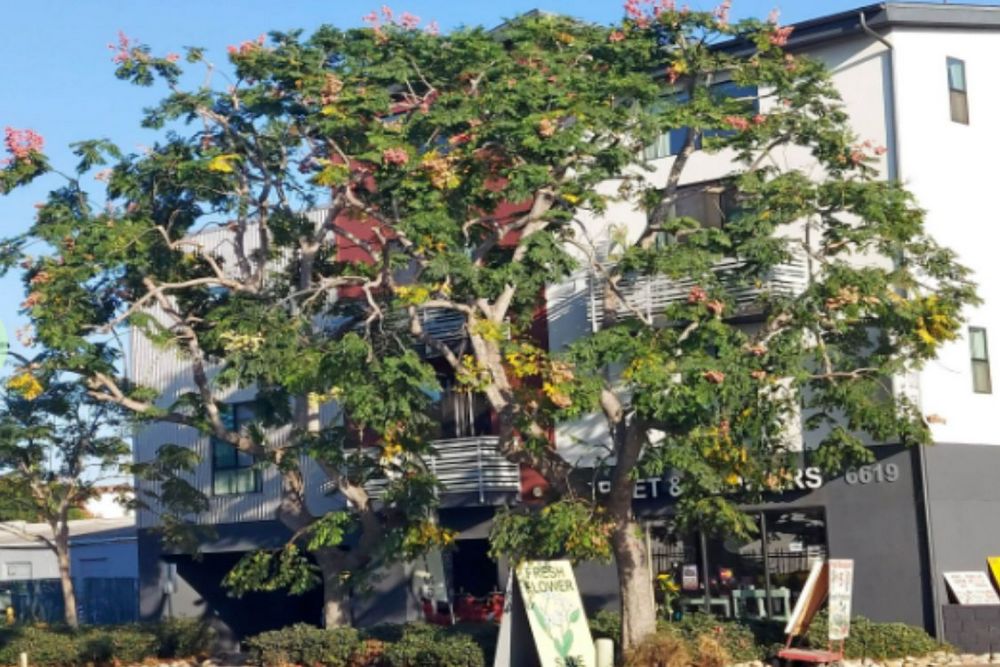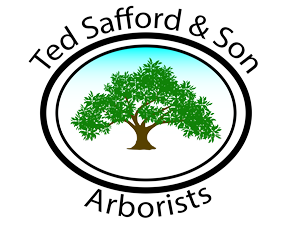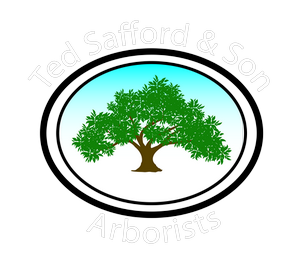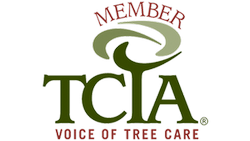The Top 5 Tree Care Mistakes Homeowners Make and How to Avoid Th
The Top 5 Tree Care Mistakes Homeowners Make and How to Avoid Th
If you want your trees to thrive, understanding what not to do is as important as knowing what they need.

Avoid These Costly Tree Care Mistakes
Caring for trees may seem straightforward, but many homeowners unintentionally put their trees at risk by making common mistakes. Trees are living systems that need attention, timing, and proper technique. Missteps can lead to disease, structural weakness, or total tree loss. If you want your trees to thrive, understanding what not to do is as important as knowing what they need. Let’s review people’s most frequent mistakes and how to avoid them.
1. Overwatering or Underwatering Your Trees
Water is essential to tree health, but too much or too little can do severe damage. Many assume mature trees don’t need regular watering, especially if growing well for years. Others overdo it and flood the roots, causing rot and fungal issues. You want to water deeply, but only when needed, based on the weather and soil conditions. Stick your finger a few inches into the soil—if it’s dry, your tree likely needs water. A slow, steady soak at the root zone every week is often more effective than daily light sprinkling.
2. Improper Pruning Techniques
Pruning is one of the most misunderstood aspects of tree care. Random cuts, topping branches, or trimming at the wrong time of year can weaken your tree and open it up to pests and disease. Don’t use pruning to shape the tree to your liking—each cut should have a purpose. Dead or diseased branches should go, but cutting into healthy limbs without a strategy creates long-term problems. Working with a certified arborist ensures your tree is pruned in a way that supports growth, stability, and overall health.
3. Planting Trees in the Wrong Spot
It’s easy to overlook spacing and soil conditions when planting a new tree, but this mistake can have lasting effects. Trees need room to grow—both above and below ground. Placing a tree too close to structures or other plants can lead to overcrowding, root damage, and conflicts with power lines or foundations. Make sure you research any tree’s mature height and spread before planting. Also, test the soil to be sure it drains well and provides the proper nutrients. A little planning now prevents big problems later.
4. Ignoring Warning Signs of Stress or Disease
Trees don’t always show symptoms immediately, but you need to pay attention when they do. Yellowing leaves, thinning canopies, cracking bark, or fungal growth are all signs of something wrong. Some homeowners wait too long, hoping the tree will bounce back on its own. Unfortunately, that delay can make treatment more difficult or too late. If your tree starts showing changes in appearance, it’s time to act. An arborist can evaluate the situation and give you a clear plan to bring the tree back to health.
5. Skipping Regular Professional Inspections
You might feel confident caring for your landscape, but trees benefit from professional inspections, especially if they’re large or mature. Many issues start below the surface or in the upper canopy, where you can’t easily see them. Insect infestations, root damage, and structural weaknesses can go unnoticed until a storm or visible collapse occurs. A certified arborist doesn’t just spot problems—they also help you prevent them. Think of it like a wellness check for your tree, ensuring it continues to grow strong year after year.
Let’s Keep Your Trees Thriving
If you’re concerned about the health of your trees, don’t wait for the situation to worsen. Call Ted Safford & Son Arborists today at (858) 692-2294. Our certified arborists are here to assess your trees, diagnose any issues, and provide expert care that promotes long-term health and beauty.



